Out of left field, T-Mobile and Facebook launched Bobsled, a VOIP service that allows voice calls to anyone on your Facebook list for free. At this moment the entire blogging world is busy writing about it, so I skip the basics… and just run to some funny experience while testing it.
First, here’s how you call from your Chat list: click the phone button.. then voila!:
As it happens, none of my contacts pick up my test call – I suppose the feature is too new, nobody knows where the funny sound comes from or how to react. They will get used to it. But here’s the real surprise: it has VoiceMail. To the World. Literally:
(Cross-posted @ CloudAve » Zoli Erdos)

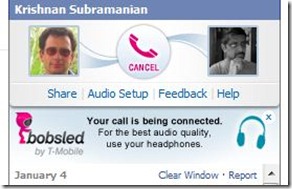





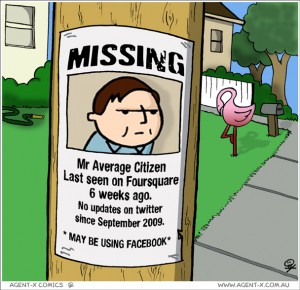
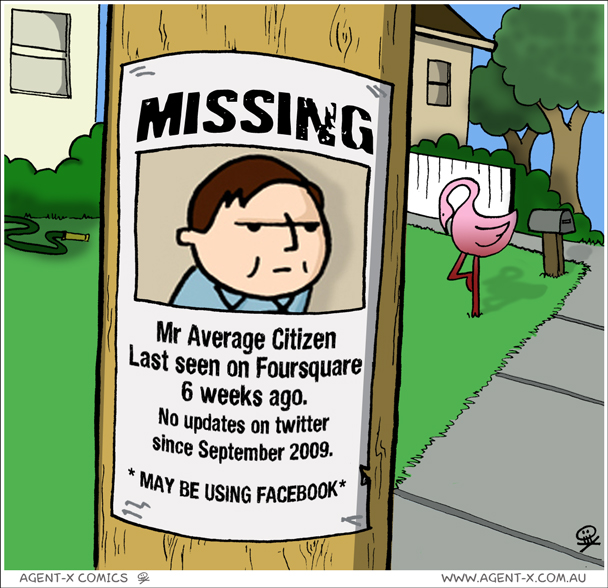


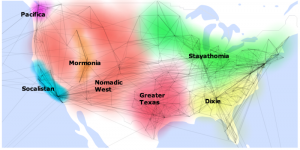
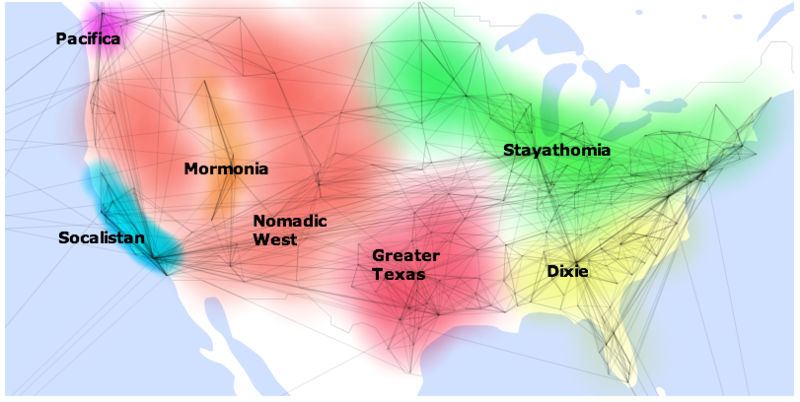



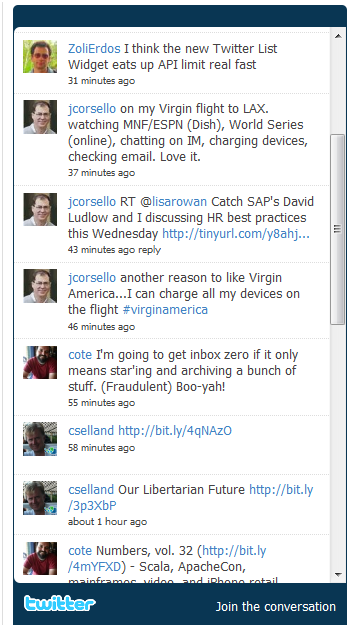


 Zoho is mostly known for their Web-based productivity and business software, but sometimes they venture into … hmm…
Zoho is mostly known for their Web-based productivity and business software, but sometimes they venture into … hmm…  )
) 
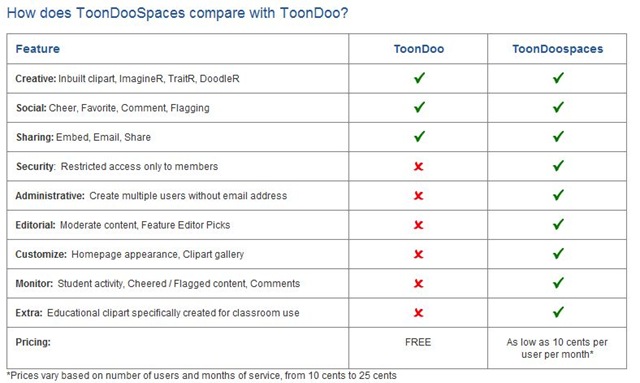


Recent Comments